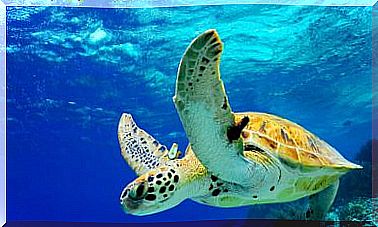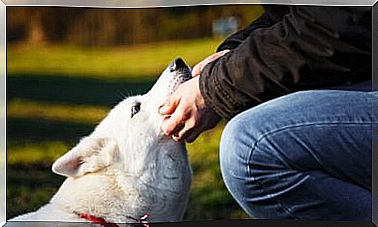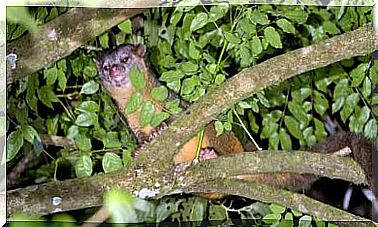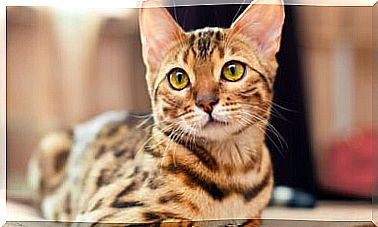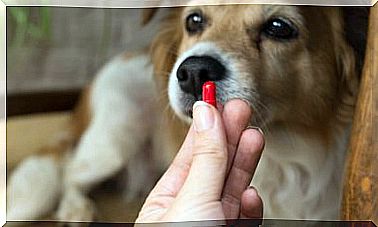Common Sea Hare: Habitat And Characteristics
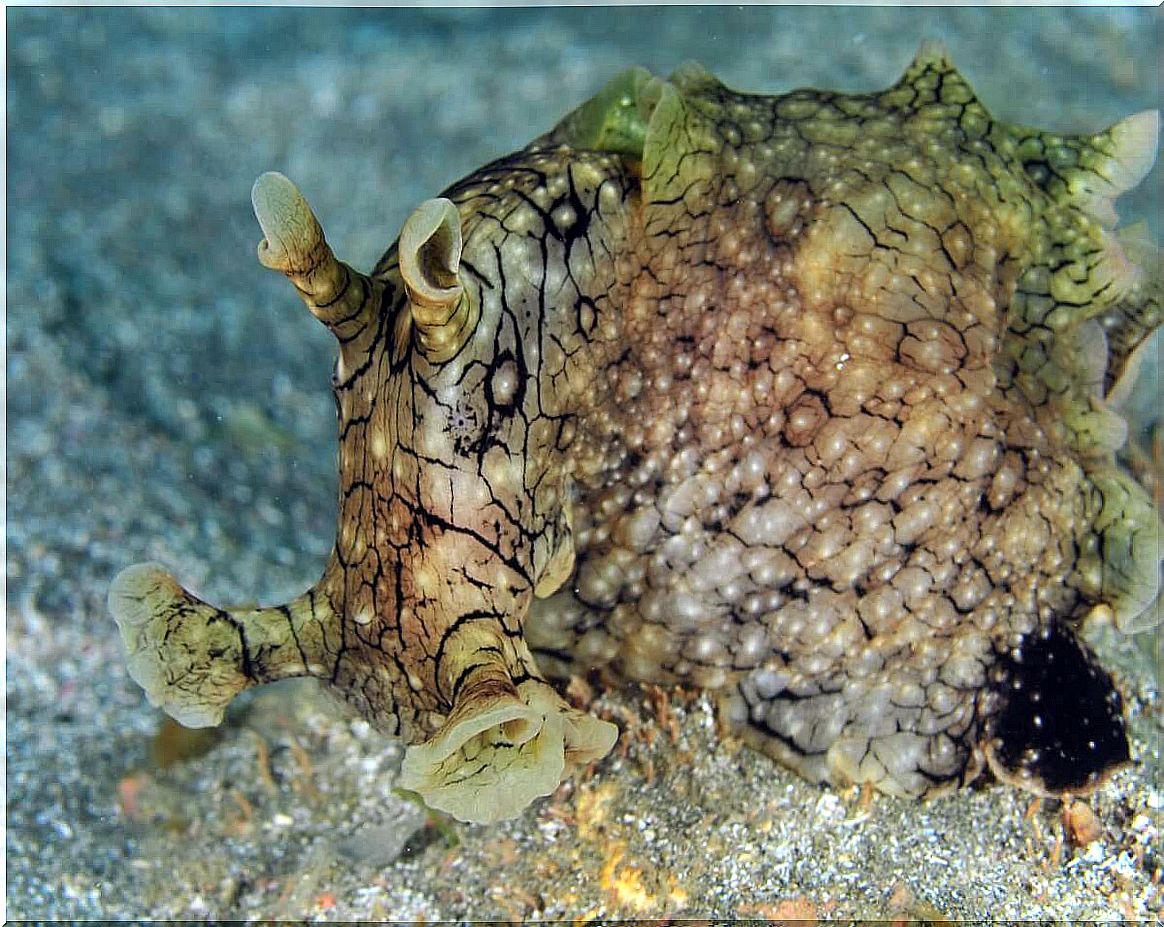
The common sea hare ( Aplysia dactylomela ) is a large species of invertebrate that is included in the group of sea slugs or “sea hares”, represented in the Aplysiidae family . All these curious animals belong to the Mollusca phylum and to the Gasteropoda class , so they share a taxon with snails and land slugs.
Like all mollusks, these animals lack a complex internal skeleton, are soft-bodied, do not have segments and have a special feeding organ with which they obtain their food —radula—. If you want to know more about this abundant and curious species, keep reading.
Habitat of the common sea hare
First, we must unravel the little phylogenetic mess in which this species has been found for several years, as this is essential to understand its distribution dynamics. Until recently, it was believed that the common sea hare ( Aplysia dactylomela ) was distributed in almost all the tropical and temperate marine waters of the world, but this is not entirely the case.
This species is divided into 3 distinctive “cores”: the Indian Ocean, the Atlantic Ocean, and the Pacific Ocean, regions where it is considered a native invertebrate. In any case, studies published on the BioOne portal have shown that the Indo-Pacific population is a different species, Aplysia argus , very similar to its relative morphologically.
Interestingly, sightings of this species have been dated in the Mediterranean Sea since 2002, with reports in Israel, Malta, Sicily, Greece, Croatia, the Balearic Islands and Catalonia (Spain). It is believed that the common sea hare could have settled in this region due to the global increase in the temperature of marine ecosystems, due to climate change.
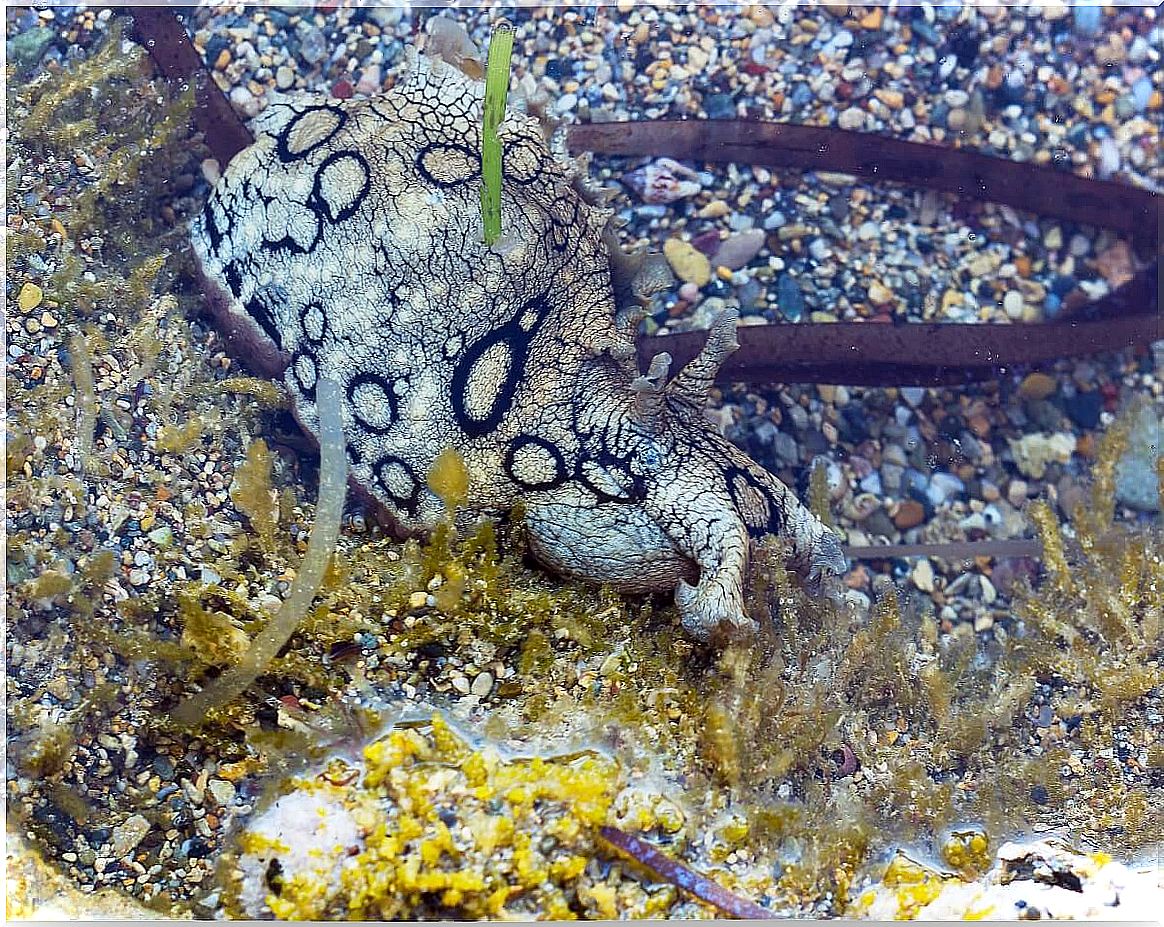
Physical characteristics
Members of the Aplysiidae family have a shell, but the shell has been atrophied and internalized, so it cannot be seen with the naked eye. This trait differentiates them from other sea slugs, such as nudibranchs, which do not have any kind of hard structure on their body.
For its part, Aplysia dactylomela appears with a yellowish-green tone, but the general coloration depends on its diet. For example, specimens that consume red algae as the basis of their diet have an orange hue. In addition, this species differs from the rest of its genus by the dark rings distributed throughout its body, which form a characteristic pattern.
Like all gastropods, the common sea hare has one foot , an elongated ventral structure that allows locomotion. This organ has a rough texture, while the rest of the body is very soft to the touch. The parapodia – specialized appendages – arise as extensions of the foot and allow the slug to swim through the water column.
In terms of size, the largest specimens that have been collected so far have reached 41 centimeters in length. The general complexion of this species is thick and rough, although it is an invertebrate unprotected from the environment without an external shell.
Behavior of the sea hare
Sea hares are invertebrates that live in seagrass beds. In its adult stage, this species is strictly nocturnal, as it only begins its peak of activity once the bottom is dark. For its locomotion, it can crawl through the sandy substrate with its foot or swim in the water column, with the help of its parapodia.
The act of swimming is accomplished by moving the parapodia up and down, creating a “funnel” of water that propels the invertebrate forward or upward. In any case, locomotion on the bottom with the foot is much more common, since it exposes the animal less.
Feeding
The common sea hare is a strict herbivorous gastropod, hence it inhabits seagrass beds. Like all members of their family, these mollusks have a very voracious appetite and feed on both green and red algae constantly. Among the plant species that consume the most, the following stand out: Corallina, Chondrococcus hornemanni, Ulva reticulata and Cladophora .
The radula of this species is essential in the feeding process. In addition, it presents a chamber with hardened plates rich in chitin that acts as a kind of “gizzard”, whose purpose is to digest very large portions of algae. As studies indicate, this species is extremely voracious and stands out for its consumption and biocontrol of green algae.
Sea hare predators and defenses
Sea hares have very curious defense methods. When threatened, these invertebrates use their parapodia to propel themselves in the water column. If this is not enough, they present a pair of glands unique in the animal kingdom:
- Purple gland: found in the upper part of the mantle, above the gills. It emits purple fluids. It is an irritant agent that confuses predators.
- Opal gland: it is located at the base of the mantle cavity, under the gills. Produces an opaque whitish discharge.
The idea that this species releases secretions when faced with threats comes from various electrophysiological studies. In any case, it has not yet been confirmed in the natural environment that this arises in response to a predator attack.
Reproduction
Under laboratory conditions, common sea hares reproduce in a single event, which usually has an average duration of about 7 months. The first discharge of eggs occurs when the specimen has reached 2 months of age and continues every 2 to 4 days, for more than half a year. A specimen can lay up to 67 million eggs in a single reproductive event.
We are not going to stop at the physiology of the reproductive system of the species, but it is enough for us to know that it is hermaphrodite. In the reproductive stage, one specimen acts as a male and another as a female, the first being the one that introduces its genitalia and releases sperm into the hermaphroditic duct of the “female”.
Development of the larvae
The eggs develop in the kelp beds, where they remain protected from possible predators. A veligeous larva emerges from them, with a well-developed foot and shell, but lacking most of the adult structures. During this stage, sea hares are part of the plankton suspended in the water column.
Once they grow, the larvae settle again in the algae bottoms – at about 2 or 3 meters – and metamorphosis into the adult specimen occurs. At 2 months of age, the juveniles are ready to reproduce and the aforementioned events begin. After the peak of activity – at 7 months – the adult begins to lose weight and dies in a short time.

Conservation status and human uses
Unfortunately, this species has not been evaluated by the International Union for Conservation of Nature (IUCN). It can only be said that it is a “non-extinct” animal, although its distribution in the Mediterranean Sea indicates that the populations are relatively healthy.
On the other hand, the common sea hare has ganglionic nerve cells of great scientific interest, since they are very similar to those of vertebrates. This makes the species ideal for electrophysiological studies and obtaining knowledge at the neurological level.
